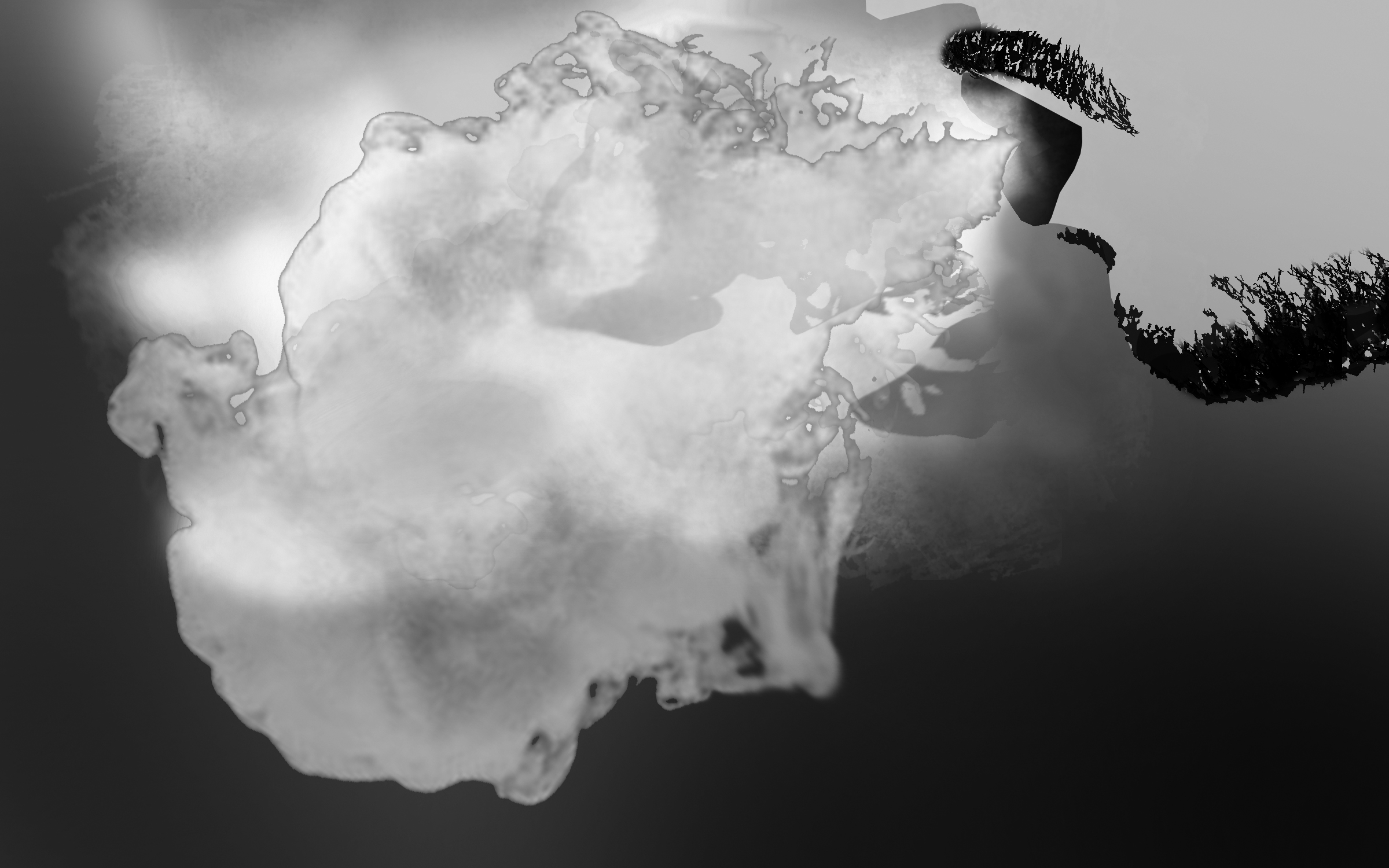On Nov. 14, the B.C. government announced new regulations on vaping products. The new laws intend to crack down on the increased number of youths using vape products which has become a significant issue in recent years.
A study conducted by researchers at the University of Waterloo showed a 74 per cent increase in vaping from 2017 to 2018 for Canadian youths aged 16 to 19.
According to the new regulations which will come into effect in spring of next year, taxes on vape products will increase to 20 per cent, from seven per cent, restrictions will be placed on sales so that flavoured liquids can exclusively be sold in adult-only stores and rules on advertising will be put into place so that ads cannot be put up in places where young people would be easily influenced, such as bus shelters and public parks.
Vaping liquids and pods will also be required to conform to plain packaging standards — no bright colours or logos — and will include Health Canada warnings on the label.
These packaging standards have been implemented in an attempt to make products less appealing to kids and to reduce brand appeal. They have already been applied to cigarette labels according to new laws by the federal government which came into effect Nov. 9.
The strict B.C. regulations present the significant risk of youths turning to the black market to purchase vape products which are cheaper due to the lack of taxes and age restrictions.
We have seen a similar effect in what has occurred with cannabis products.
Nearly half of cannabis consumers — 42 per cent — purchased at least some of their cannabis from illegal sources during the first half of 2019, according to data from the National Cannabis Survey published by Statistics Canada (StatCan). Cannabis use among Canadian youth is three times higher than that of adults according to StatCan data from 2017.
Illegal cannabis is known for being cheaper in price than legal cannabis per gram — being around 36 per cent cheaper.
If a cheaper alternative of a substance is available, legal or not, people are likely to select it. This in turn feeds a black market that can only survive with enough people turning to it.
With so many young people using vape and cannabis products and forming unhealthy dependencies on them, it’s scary to think what lengths they may go to in order to feed the habit.
It is also scary to think that there are people out there who willingly exploit how easily young people can be influenced and do not care to protect kids and teens from developing an unhealthy habit that could stick with them for years to come.
Buying illegal vape liquids puts people at risk of potentially consuming products that have been tampered with or products that have additives and ingredients that are unregulated. There are already existing health concerns regarding artificial flavours, even in legal vaping products.
Laws like those proposed in B.C., while meaning well, will only empower those looking to exploit children and make profit illegally outside of the system. Making vaping products less affordable for Canadians will only promote a black market that thrives off of undercutting legal products.
While establishing barriers to help distance vulnerable young people from harmful substances is crucial, it will take regulations that do not have a financial penalty on those attempting to consume legal substances to fully tackle this problem.
The responsibility remains in the hands of the government, which must make sure that addictive substances don’t fall into the hands of our youth.

